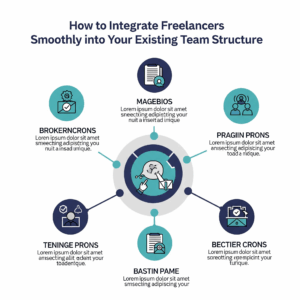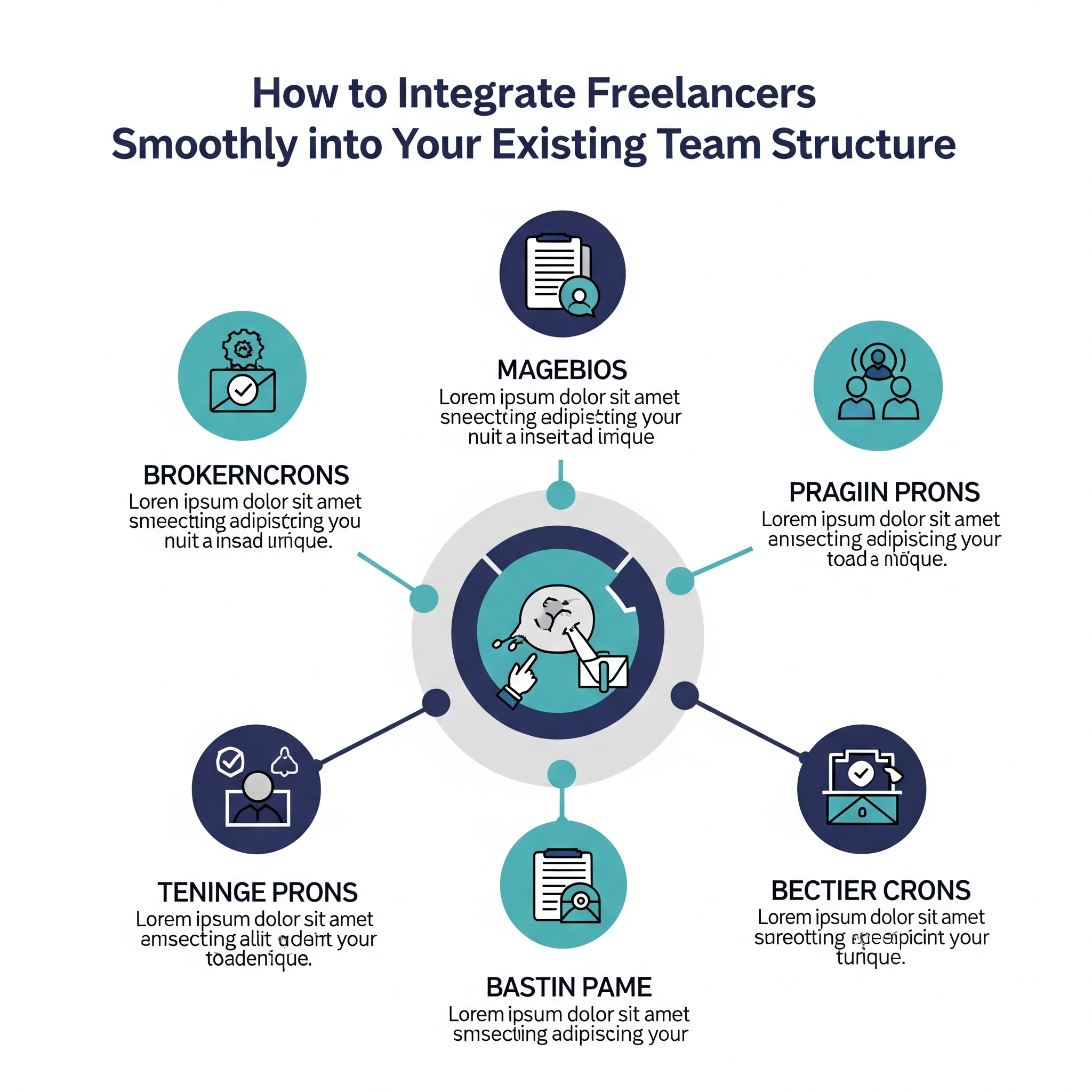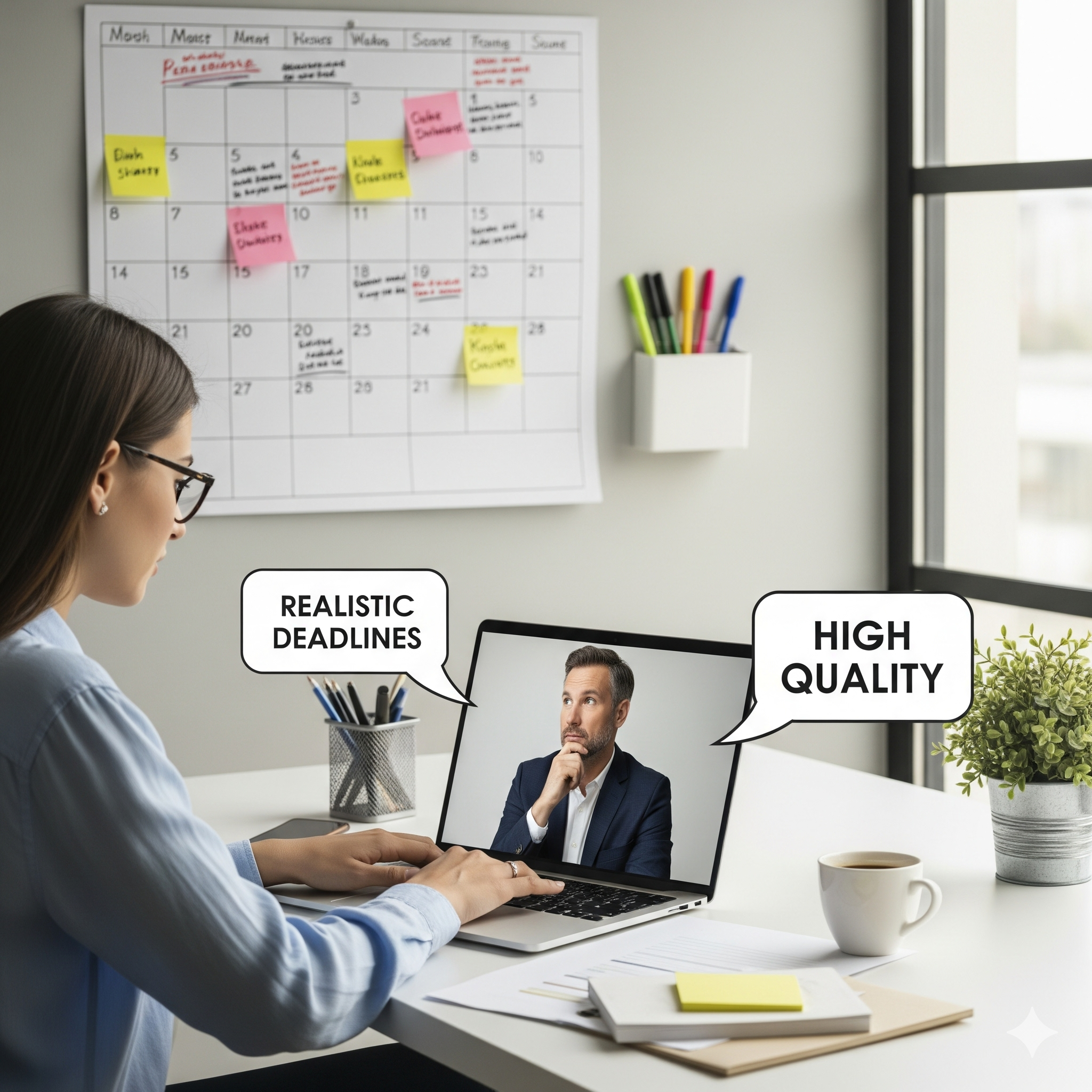In today’s world, virtual and remote presentations have become increasingly common, whether for business meetings, webinars, or online conferences. Designing presentations for a virtual audience comes with unique challenges, as you’re not able to rely on the in-person connection to keep your audience engaged. You need to be more strategic with your design, content, and delivery to ensure your message is clear and impactful.
In this blog post, we’ll explore the key strategies for creating presentations that captivate and engage remote audiences.
1. Keep Slides Simple and Focused
One of the most important principles of designing presentations for remote audiences is simplicity. Virtual viewers may experience distractions while tuning in from different locations, so it’s essential to keep your slides clear and to the point. Avoid cluttered slides with excessive text or visuals. Stick to one key idea per slide and use bullet points, concise headings, and supporting visuals to reinforce your points.
2. Use High-Quality Visuals
Remote presentations often rely heavily on visuals to maintain the audience’s attention. High-quality images, videos, and graphics can help bring your message to life. Avoid using pixelated or low-resolution visuals, as they can reduce the professionalism of your presentation. Use visuals that are relevant and engaging, and be sure to space them out to give the audience time to absorb the information.
3. Optimize for Different Screen Sizes
When presenting remotely, your audience might be using a variety of devices—laptops, tablets, or smartphones. Make sure your presentation is optimized for different screen sizes. Use large fonts, clear headings, and simple graphics that can be easily read on smaller screens. Avoid tiny text or overly detailed charts that may be difficult to view on mobile devices.
4. Leverage White Space for Clarity
White space, or negative space, plays a crucial role in making your presentation easy to digest, especially in a virtual setting. When slides are too packed with content, it can overwhelm the audience and cause them to lose focus. By using ample white space, you make your slides cleaner, more readable, and less distracting. This gives the audience room to focus on what matters most—your key points.
5. Engage with Interactive Elements
Engaging a virtual audience requires more effort than an in-person presentation. One way to enhance engagement is by incorporating interactive elements. Polls, quizzes, live Q&A sessions, and clickable links can encourage participation and keep the audience actively involved. Tools like Mentimeter or Slido can easily integrate these features into your presentation to maintain interest and interaction.
6. Use Animations and Transitions Sparingly
In virtual presentations, animations and transitions can help draw attention to key points. However, use them sparingly and only when necessary. Overly flashy or frequent transitions can distract viewers, especially on slower internet connections where animations may not run smoothly. Stick to simple animations like fade-ins or slide transitions that support your message without overwhelming the viewer.
7. Tailor Your Content to a Remote Setting
Design your content with the remote audience in mind. This includes trimming down non-essential information and emphasizing the most important points. Remote audiences tend to have shorter attention spans, so focus on making your message concise, engaging, and actionable. Break your presentation into sections with clear headings to make it easy for viewers to follow along.
8. Ensure Audio and Visual Quality
In a remote setting, the quality of your visuals and audio is critical. Test your microphone, camera, and internet connection beforehand to ensure everything is functioning properly. Poor audio quality or blurry video can frustrate viewers and cause them to tune out. Consider using an external microphone and webcam for higher quality. Additionally, if your presentation includes audio or video clips, make sure they are embedded correctly and play smoothly during your presentation.
9. Adapt Your Presentation Style for Virtual Audiences
Presenting to a remote audience requires a slightly different style compared to in-person presentations. Speak clearly and at a steady pace, since virtual presentations often have slight delays. Make use of gestures and facial expressions, even if you’re only visible through a webcam. Regularly check in with your audience by asking questions, encouraging feedback, or prompting discussion to keep them engaged.
10. Create a Strong Opening and Closing
First impressions matter, especially in virtual presentations where the audience may be multitasking. Start your presentation with a strong hook—whether it’s a thought-provoking question, a compelling story, or an interesting statistic. Similarly, end your presentation with a clear and powerful closing. Summarize your key takeaways and provide actionable next steps to leave a lasting impact.
11. Provide Supporting Resources
Since virtual audiences may have more distractions, it’s helpful to provide supporting resources for them to reference later. This could include sharing a PDF version of your slides, offering a downloadable guide, or providing links to articles or reports mentioned in the presentation. Providing additional materials helps ensure your audience can revisit the content at their own pace.
12. Practice and Test Beforehand
Technical glitches are the bane of remote presentations. Always run through your entire presentation before the event, testing for issues with audio, video, and internet connection. Practice navigating through your slides, especially if you’re using multimedia or interactive features. Familiarity with your tools and platform will help you feel more confident and ensure a smoother presentation experience.
Conclusion
Designing presentations for remote or virtual audiences requires a thoughtful approach that focuses on simplicity, engagement, and technical optimization. By using high-quality visuals, incorporating interactive elements, and ensuring a smooth flow, you can create a presentation that keeps your remote audience engaged and ensures your message is delivered effectively. With the right strategies, you can turn virtual challenges into opportunities for creating impactful presentations.









